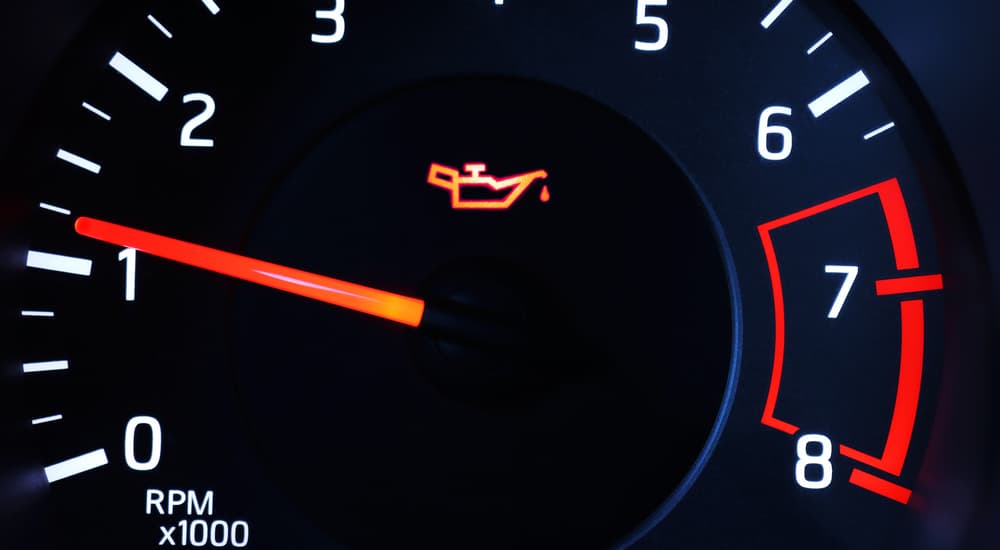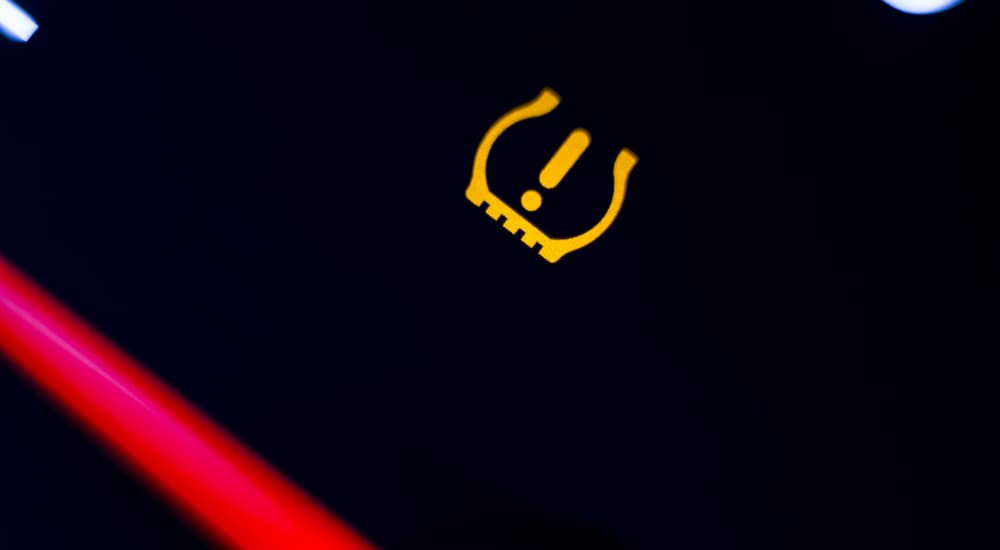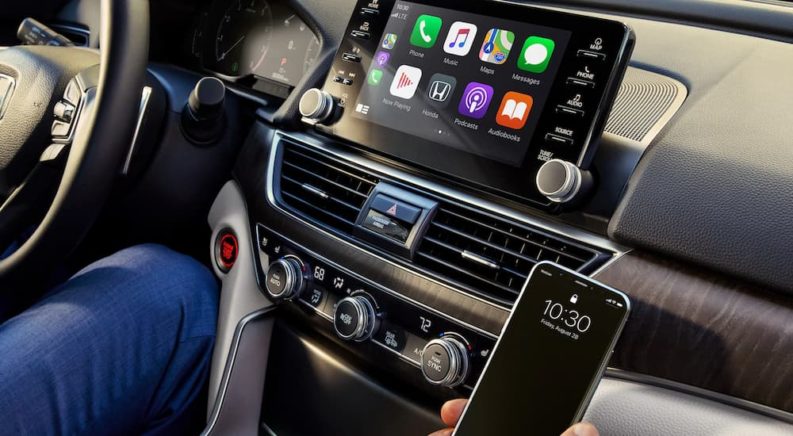There’s something to be said for the conventional ways of doing things, but there’s also an appeal to breaking the mold and trying something new, especially in the auto industry. Car maintenance and service is certainly nothing innovative since car companies have been providing service schedules with their vehicles for decades. When it comes to proper Honda maintenance, however, there are some big differences that you need to know about. If you have a Honda or you’re considering getting one, then it’s vital that you understand how Honda’s Maintenance Minder system works and what the various codes it displays mean for you as a Honda owner.
The Honda Maintenance Minder System
Depending on what you’re used to and how you prefer to keep track of when your vehicle needs service, Honda’s Maintenance Minder system might be a big convenience or something of an annoyance for you. No matter what, you must understand how it works and appropriately respond when it activates. Essentially, this system uses codes like a vehicle warning light to let you know when you need maintenance performed on your vehicle. Rather than acting as a dire warning that something is disastrously wrong, however, these codes are meant as a first indicator that you need service soon.
The key to this Maintenance Minder system is knowing what you should look for and understanding what each code means to respond properly. Every modern Honda vehicle utilizes this system and what happens is that a symbol that looks like a wrench will illuminate on your driver dashboard or display, sometimes with a text warning to indicate that you need service soon. This wrench symbol lights up with a letter and one or more numbers, each of which serves as a code to tell you what service is needed.
If you prefer to let a professional mechanic or service professional handle maintenance, you might not care too much about what these codes mean. On the other hand, if you prefer to work on your vehicle yourself, then the code that comes up will directly indicate what kind of service needs to be done on your Honda. But even if you prefer having someone else work on your vehicle, knowing what the codes mean is a simple way to ensure you’re being told that your Honda needs the right kind of service – sadly, not every service center out there is as trustworthy as it should be.

Maintenance Minder: Main Item Codes
One of two letters will always appear as part of the Maintenance Minder code, which is referred to as the Main Item for this system. These are the major types of service that must be performed on a routine basis to keep your vehicle in the best condition possible. In other words, these are types of scheduled services frequently performed; rather than providing you with a schedule you must remember to stick to, the Maintenance Minder system simply lets you know when it’s time to get work done.
You typically have a decent amount of time to respond to one of these codes when it illuminates – rather than being a critical issue that needs to be fixed today. For example, a code letting you know that your Honda needs to have its oil changed might initially illuminate when your engine’s oil has about 15% of its original life left in it. This gives you time to schedule service and have it done at your convenience – but that doesn’t mean you should ignore it. At a certain point, your maintenance will be past due, and you’re riding on borrowed time. The two types of Main Item codes are:
- Code A – This means you need to replace your engine oil (get an oil change)
- Code B – This is a reminder that you need extensive, routine service. Code B requires an oil change, plus inspecting your brakes, inspecting the gearbox and suspension, checking the driveshaft boots, inspecting brake hoses and lines, and checking out the exhaust system and fuel lines. This process also includes checking your levels for engine coolant, transmission fluid, brake fluid, and windshield washer fluid.
As you might expect, Code A will come up more often than Code B – in fact; Honda recommends that if 12 months go by without a code coming up, you should change your motor oil to be safe. These are only the two Main Item codes, and Honda’s Maintenance Minder system will also illuminate one or more Sub Item codes to go along with it. Both codes together indicate all the service that needs to be performed on the vehicle.

Maintenance Minder: Sub Item Codes
Essentially, the Maintenance Minder system uses your vehicle’s onboard computer and algorithms to determine when your Honda needs service based on its age and the mileage you’ve put on it. Depending on what needs to be done, it’s possible that only one Sub Item code will illuminate, but it’s not uncommon for more than one to appear. To keep things simple, the Maintenance Minder system uses numbers for the Sub Items, with a variety of possibilities. These can vary depending on your vehicle and how it’s engineered, but you can look up what the codes mean on Honda’s website or check your owner’s manual. The Sub Item codes include:
- Code 1 – Rotate your tires and check their inflation
- Code 2 – Check and replace the air cleaner element, replace the dust and pollen filter, and inspect the drive belt to check for cracks or damage
- Code 3 – Replace the transmission fluid; the same code is used for either a manual transmission or continuously variable transmission
- Code 4 – Check and potentially replace the spark plugs and timing belt, plus inspect the valve clearance
- Code 5 – Replace the engine coolant
- Code 6 – Check and replace rear differential fluid
- Code 7 – Check and replace the brake fluid
- Code 9 – Inspect and service the front and rear brakes
It’s important to note that not all of Honda’s Sub Item codes apply to every vehicle; the 2022 Honda Civic Sedan, for example, only utilizes Codes 1, 2, 3, 4, 5, and 7 since other aspects are part of its Code B. Depending on the model and year vehicle you have, it’s important to look at the specific codes that you might need to understand and keep an eye on. Remember that these are used together, so you might see a code of “A1” illuminate to indicate that you need to change your oil and rotate your tires, or “B125,” which would mean you need to have a lot of components inspected.
What if You Prefer a Simple Schedule?
While the Maintenance Minder system is ideal for many drivers, if you prefer the old way of doing things – with a basic service schedule that you can follow – you’re kind of out of luck. On their current vehicles, Honda doesn’t provide a schedule that you can keep track of and use as a calendar for when you need to get work done; you only have their Minder system, and you have to see when a code comes up so that you can follow it and have service performed. That being said, most vehicles these days have very similar service schedules for the most routine types of maintenance that needs to be performed.
Many people recommend things like changing the oil and oil filter every six months or 6,000 miles, replacing the air filter, checking fluids, and performing other maintenance every 12 months or 12,000 miles. Personally, I prefer having these numbers directly from the manufacturer so that I know they’re accurate for my particular vehicle, but there’s not much you can do when it comes to Honda. Still, the simplicity of the Maintenance Minder system means you can stop worrying about keeping track of everything yourself and rely on your vehicle to let you know when service is coming up. That way, you can focus on things that matter, like which streaming service you should cancel because you have too many of them and, let’s face it, you’re not watching all of them. So go do that and let your Honda worry about itself.

